For the last month or so, I walked you through a 5-part series on the current state of the market. Today, we’re going to take a giant leap up. Welcome to…
The Macro-Macro View
This slide is from the Brooking’s Institute. It’s a very new thing. Very new information. It’s about migration of people into Phoenix.
In about 2006 we had 400,000/year moving here, but then it dropped. People have been coming from the big red circles to the blue circles because they’re tired of the cold, the overpopulated areas, the promise of something better, lots of reasons. The circles are sized based on the number of people migrating.
The Macro-Micro View
This next graph gives us a good look at the migration percentage rates between 2001 and 2012. The gray line at 0.0 indicates a normal inflow of people migrating in and out of each city. The red lines are people migrating out. Because red lines are a negative number it’s below the 0.0 line. The blue lines are people migrating to each city. These are positive numbers.
In 2011 and 2012 you see people are moving into Phoenix. We’re going back to our normal above average inflow of people. Follow the line back to 2003, you’ll see we had a positive migration rate which peaked in 2004/05. The numbers took a huge nose dive in 2004/2005 because of bad economy and people were leaving Arizona. Now they’re starting to come back. We never went negative, though Orlando did (the dark blue, almost black line).
The macro-macro and macro-micro takeaway is that people are still leaving the east and coming into Phoenix.
Thinking Ahead: Infrastructure
Let’s think about the coming infrastructure. Where is the light rail going? Will the light rail still drive investments? There’s very limited infill planed, so if you’re an investor, you need to follow the transit.
The thick blue lines below are planned extensions of the light rail. The little circles are current light rail stops.
We’ve learned that you can hardly find a house between the 7’s now because of where the light rail is. Those people who really didn’t like the idea of the light rail coming in may still be out there, but look how much it’s helped the economy. Look at what the economic development has done.
The light rail line heading farther west on the I-10, starting at the I-17 should be done by 2023. Does this mean you need to jump on a house right now? No. Will the homes near that coming light rail line be as extremely unavailable as the last time that reduced the homes between the 7’s so significantly? I doubt it.
Look at this where the future light rail line going up 19th Ave to Dunlap (the line past the red bit), headed to Metrocenter.
You’ll want to keep watch on Metrocenter over the next 10 years. We don’t know exactly which way it’s going to go up the 51, but we do know it will go to the ballpark. We also know that it’s going to follow the 51, though how close right up next to it is uncertain. It’s a great drive. I’d love to see the line go right up the middle of the 51 freeway. We’ll see.
The line might go into into paradise valley mall, right at Cactus rd. There are some really nice houses there. I think we’re going to see some good value go into those houses because of that.
Look back up at the big light rail map, above. Notice that the light rail does not go into Scottsdale.
You won’t know about it for 30 years, but Scottsdale is making the same mistake right now that Georgetown made in Washington DC in the early 1970’s.
When the Metro line opened there, Georgetown wanted nothing to do with it. They didn’t want “those people” (whatever that means) around. For that reason, all the development around the Metroline went east. There’s a new convention center, new stadium, tons of other new developments on the opposite of Washington DC, today, the exact opposite direction of Georgetown. Georgetown is dead.
Scottsdale is asking for the same thing. I’m calling it right now. You can quote me on this.
Thinking Ahead: The Phoenix We Want
Ready to make a difference in our future light rail infrastructure and other important urban choices?
Last night (5/15) the Urban Choices Community Conversation: Making Phoenix a World Class City took place with the Phoenix City Council district 4 candidates. If you missed it, tonight, (5/16) the same opportunity for downtown Phoenix will take place with the District 8 candidates at 6pm – 8pm, at Levine Machine (605 E Grant St, Phoenix, AZ 85004)
- Creating Connected Communities (Facilitating Walking, Biking, Rail, and Bus Connectivity)
- City Staff 2.1 (Silo Busting and Moving from Planning to 21st Century Implementation)
- Economic Competitiveness (Economic Resources Stewardship – Development Connected to Existing Infrastructure)
- Economic Diversity (Moving Beyond Boom and Bust)
- Transit Oriented Development (Redefining Urban Vibrancy –New Thinking in a New Economy)
Buy or sell, give me a call at 602-456-9388 or email me at ken@getyourphx.com.
I’ll make it happen.









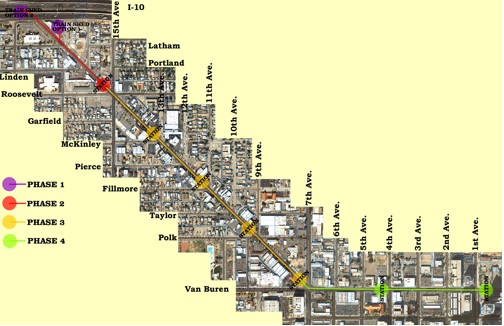



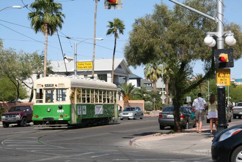
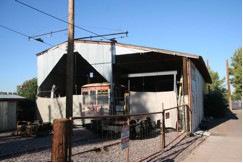
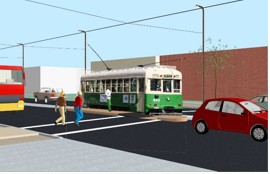
 In polite cocktail party chatter, after people ask why we don’t have more solar in Arizona, they often bemoan the fact that why we don’t have a high speed rail line between Phoenix or Tucson, etc.
In polite cocktail party chatter, after people ask why we don’t have more solar in Arizona, they often bemoan the fact that why we don’t have a high speed rail line between Phoenix or Tucson, etc.
 In government time, that’s like doing the 100 meter dash in 5 seconds.
In government time, that’s like doing the 100 meter dash in 5 seconds.
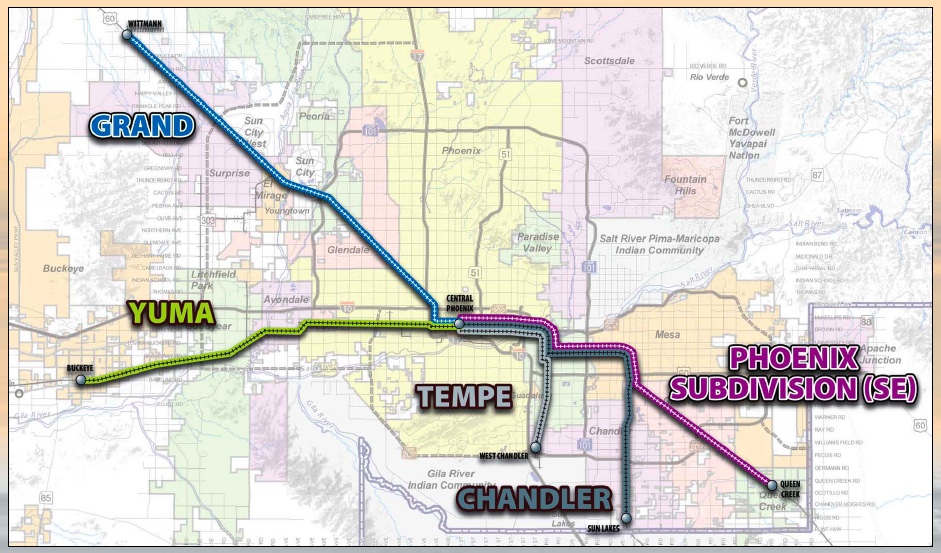
 Just drop $2billion in the tip jar on the way out, thanks.
Just drop $2billion in the tip jar on the way out, thanks.





